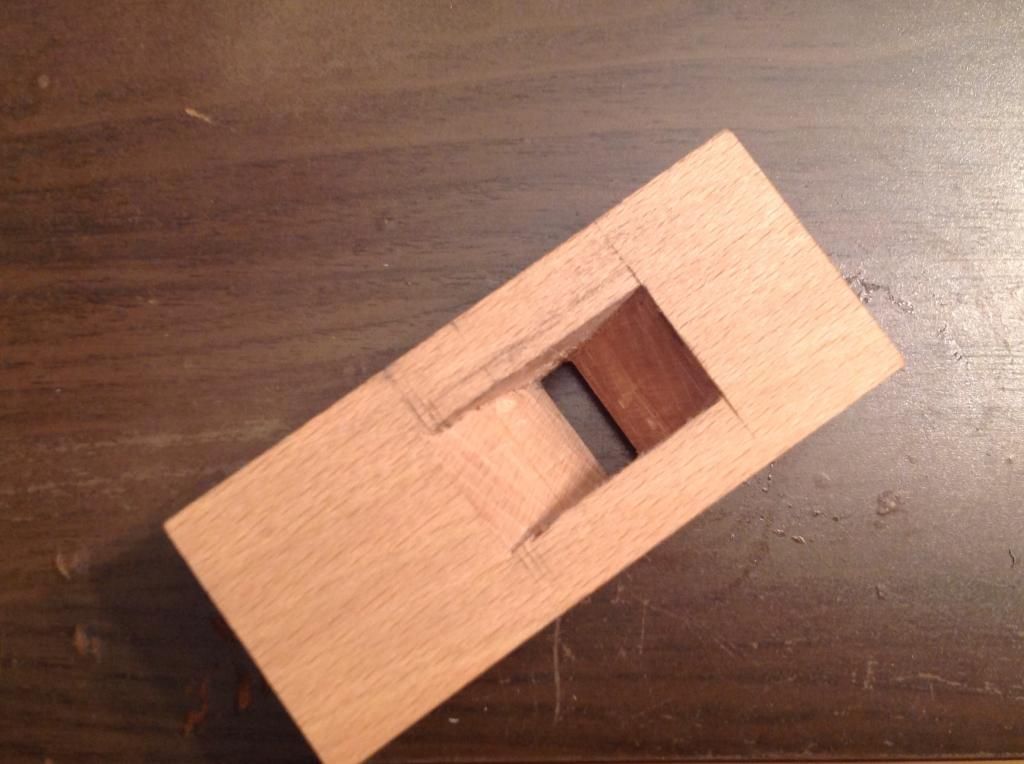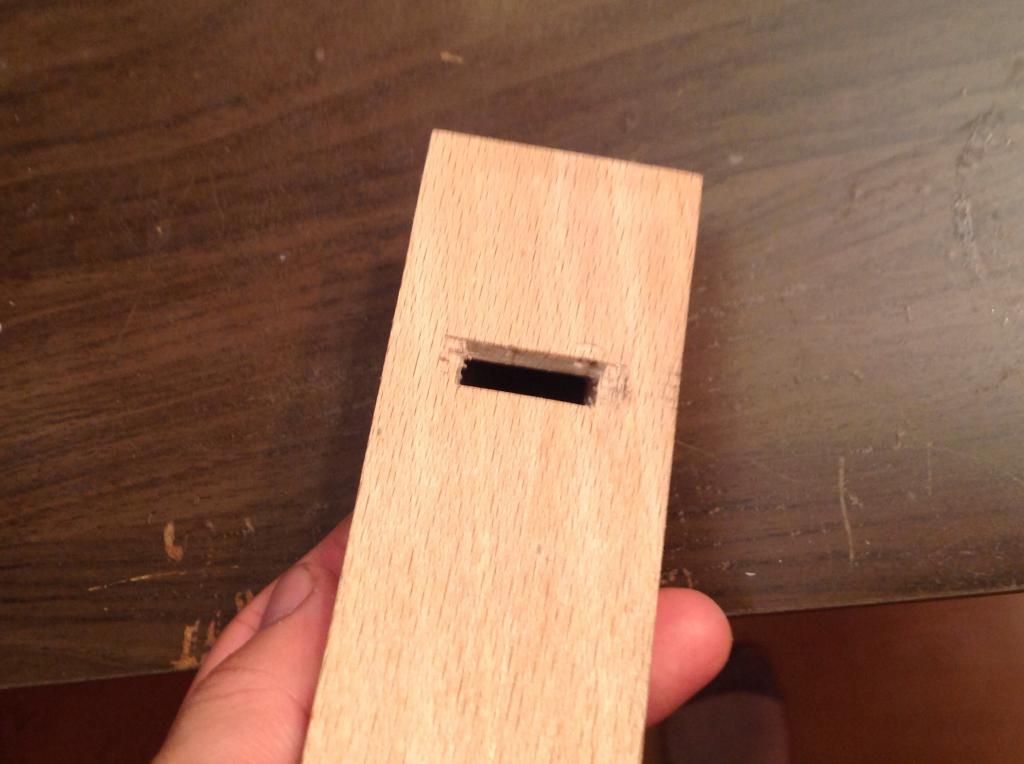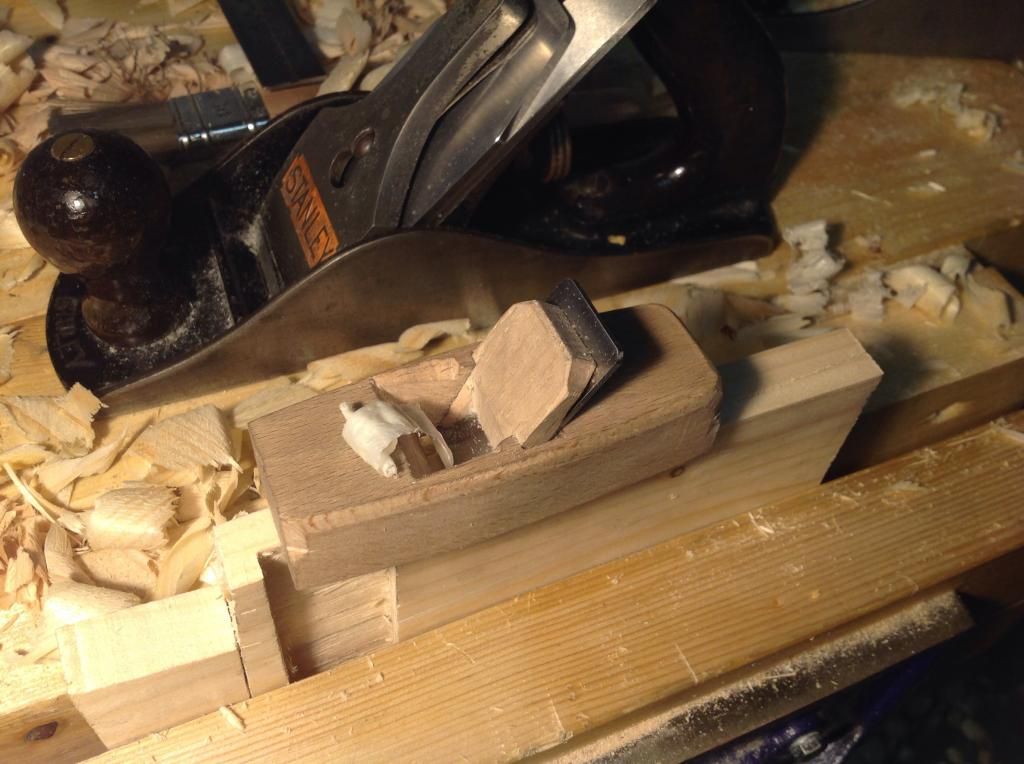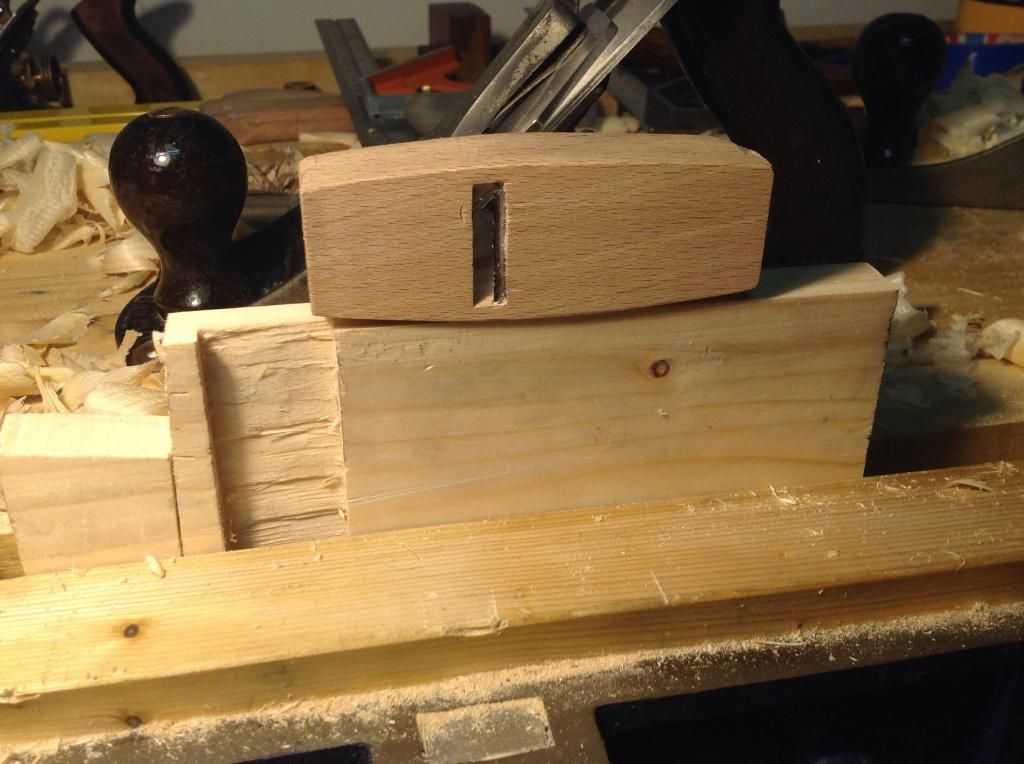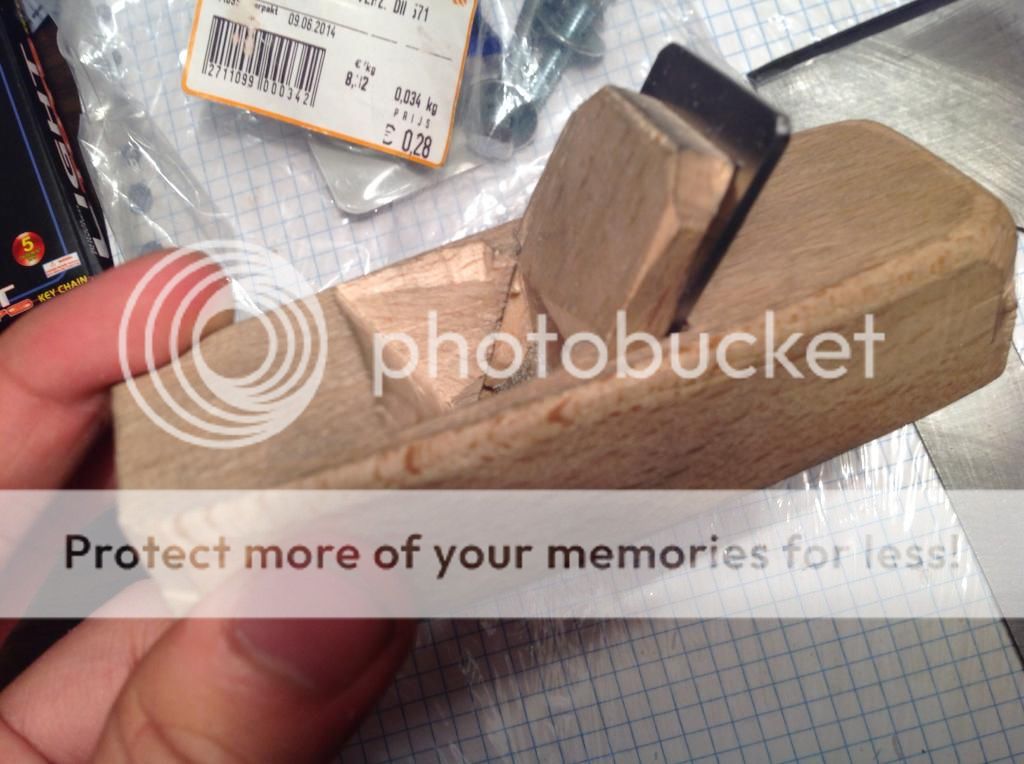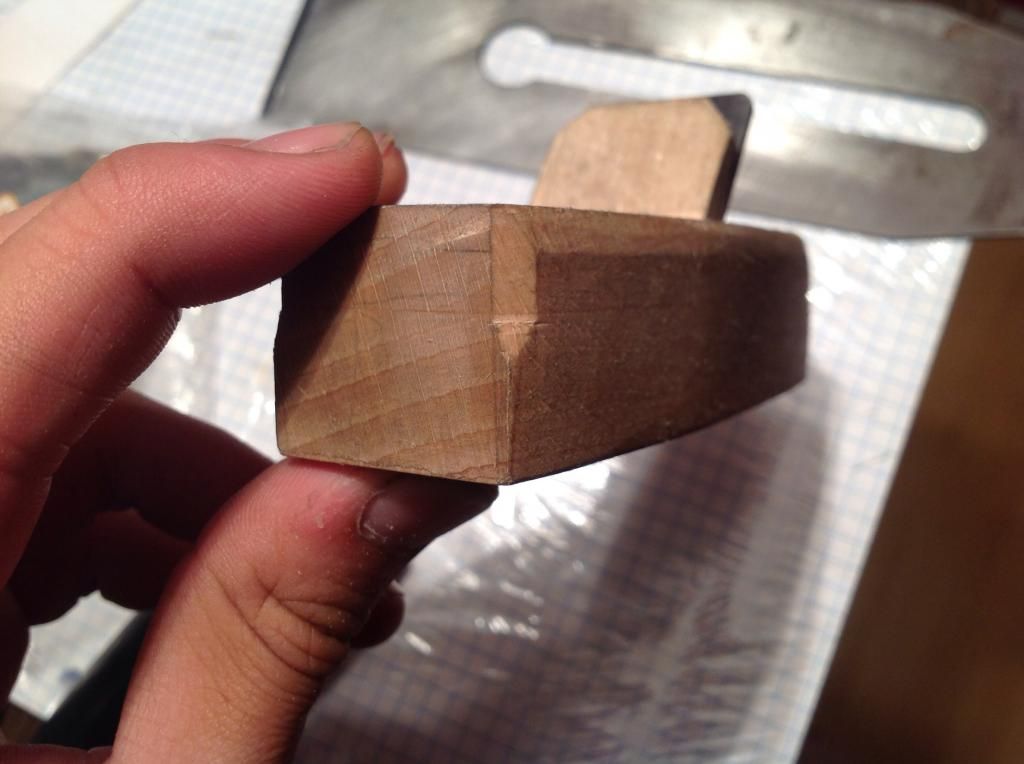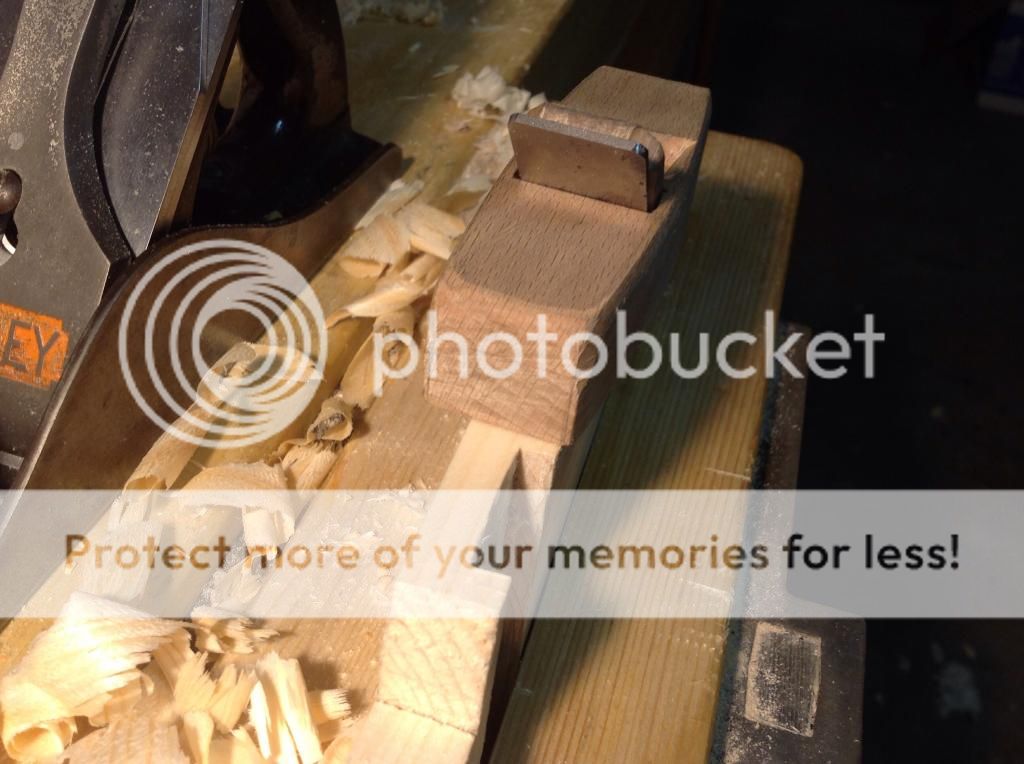woodbrains
Established Member
Hello,
Though I agree that worn out old planes are a good source of bits, and can even be converted into shorter planes cutting around the bad stuff, they are quite often as damp as heck, having been stored in leaky sheds. This obviously negates any 'seasoning' the wood might have had, so should be treated judiciously, if a stable, functioning plane is to be had out of these old wrecks.
Mike.
Though I agree that worn out old planes are a good source of bits, and can even be converted into shorter planes cutting around the bad stuff, they are quite often as damp as heck, having been stored in leaky sheds. This obviously negates any 'seasoning' the wood might have had, so should be treated judiciously, if a stable, functioning plane is to be had out of these old wrecks.
Mike.






